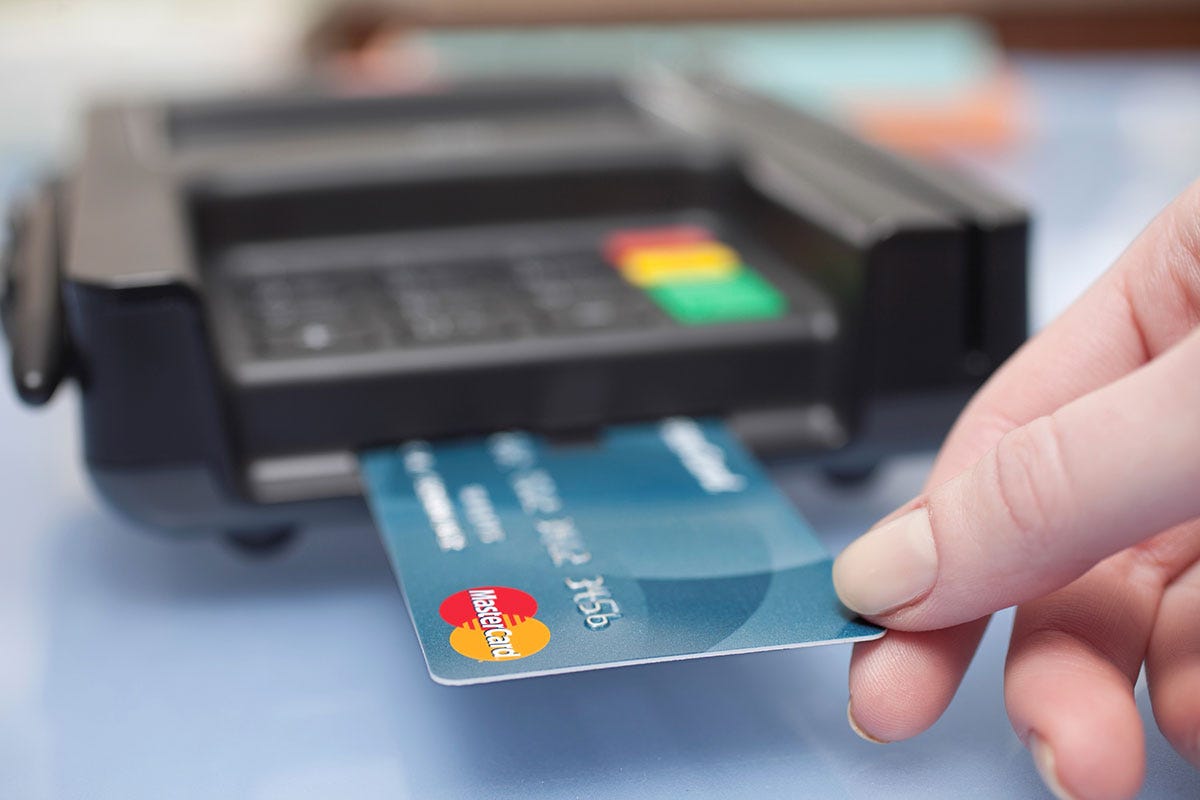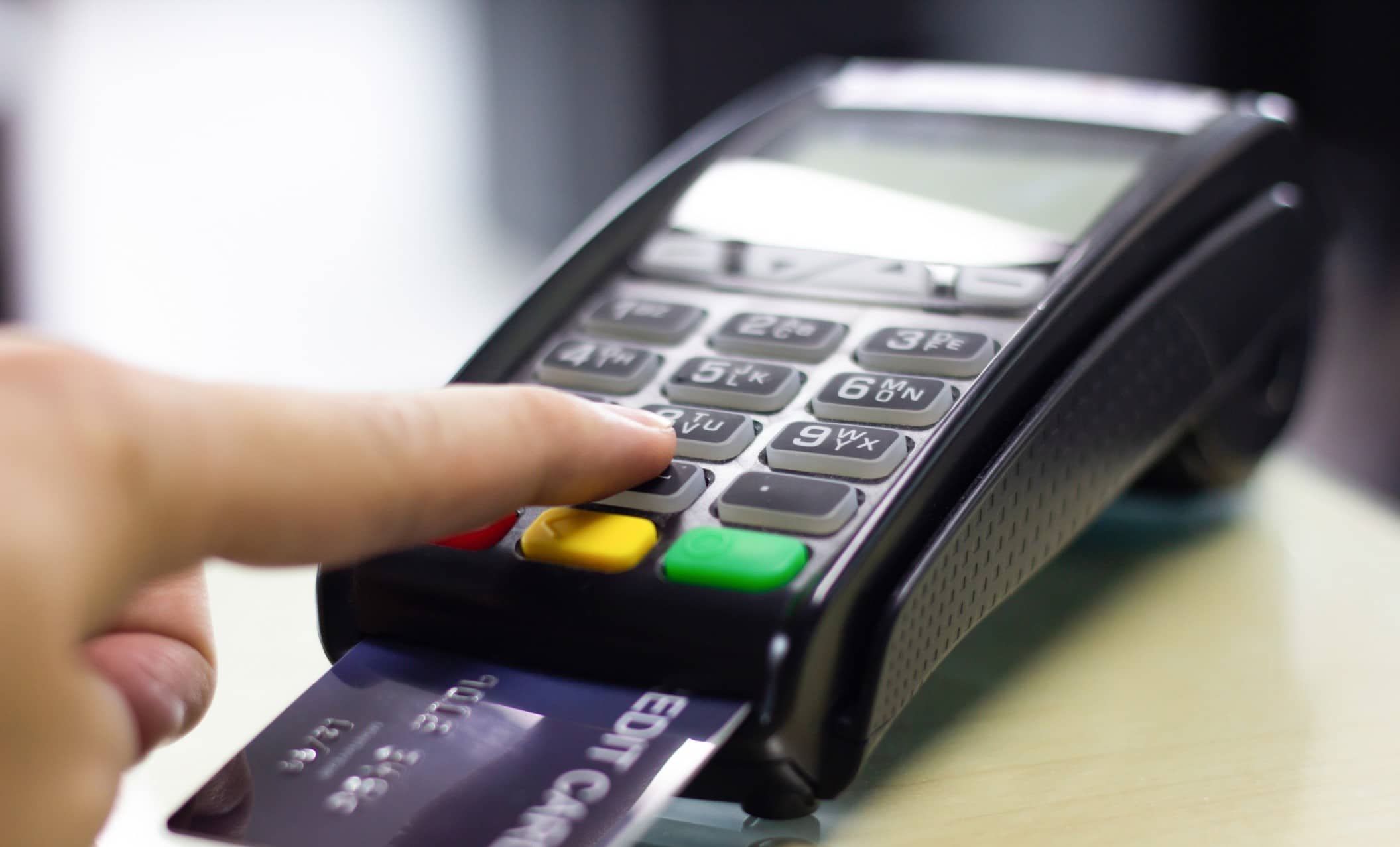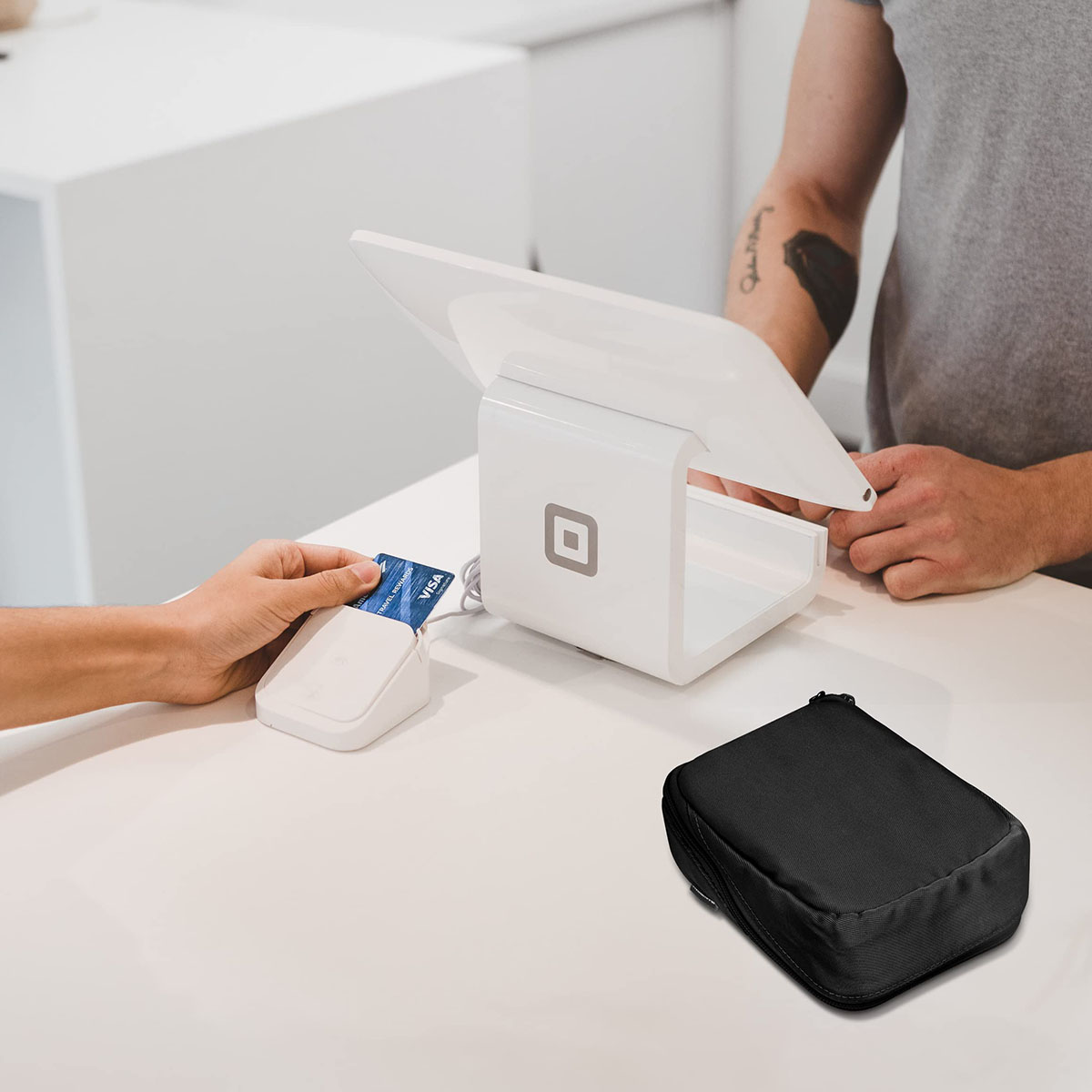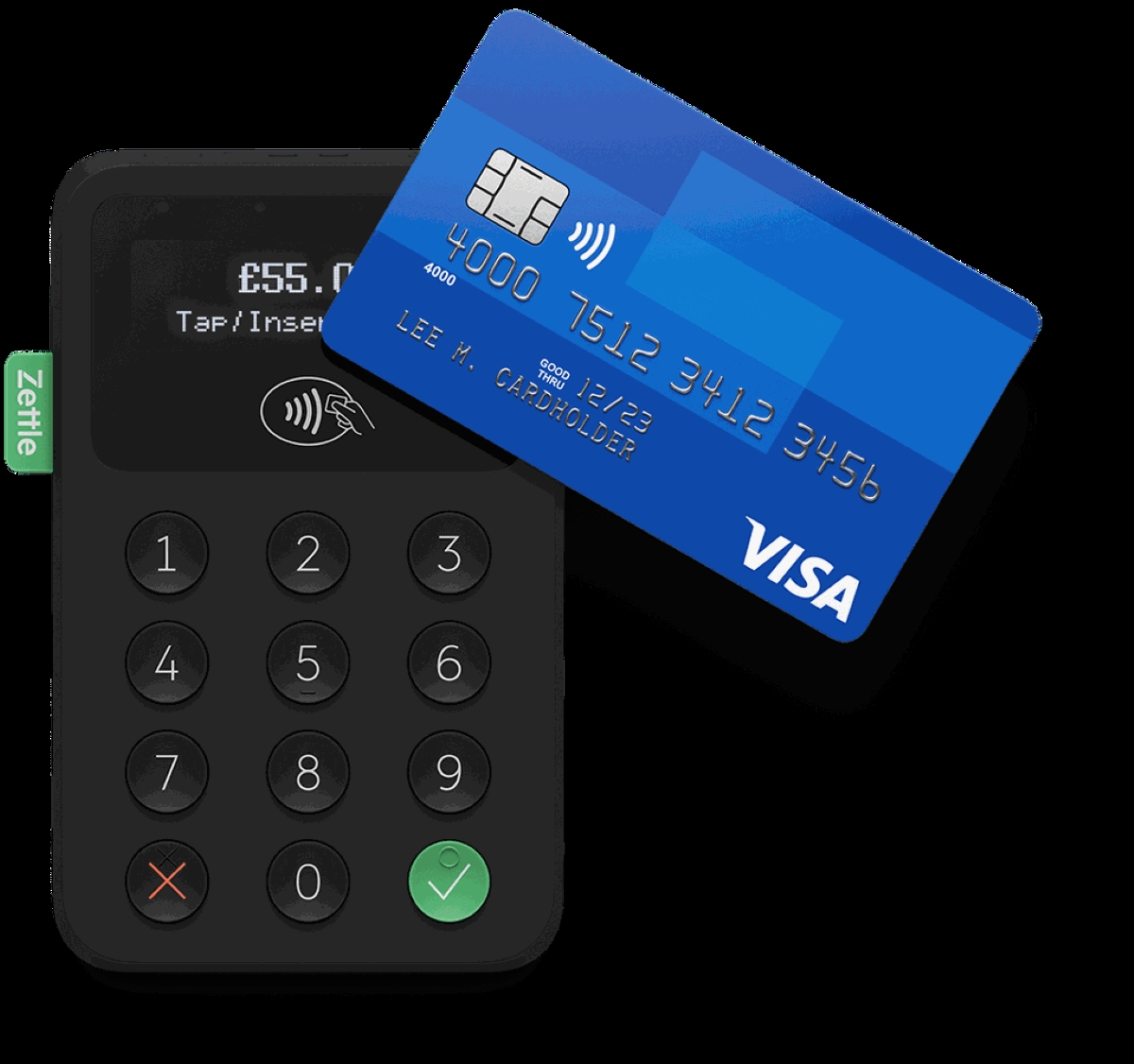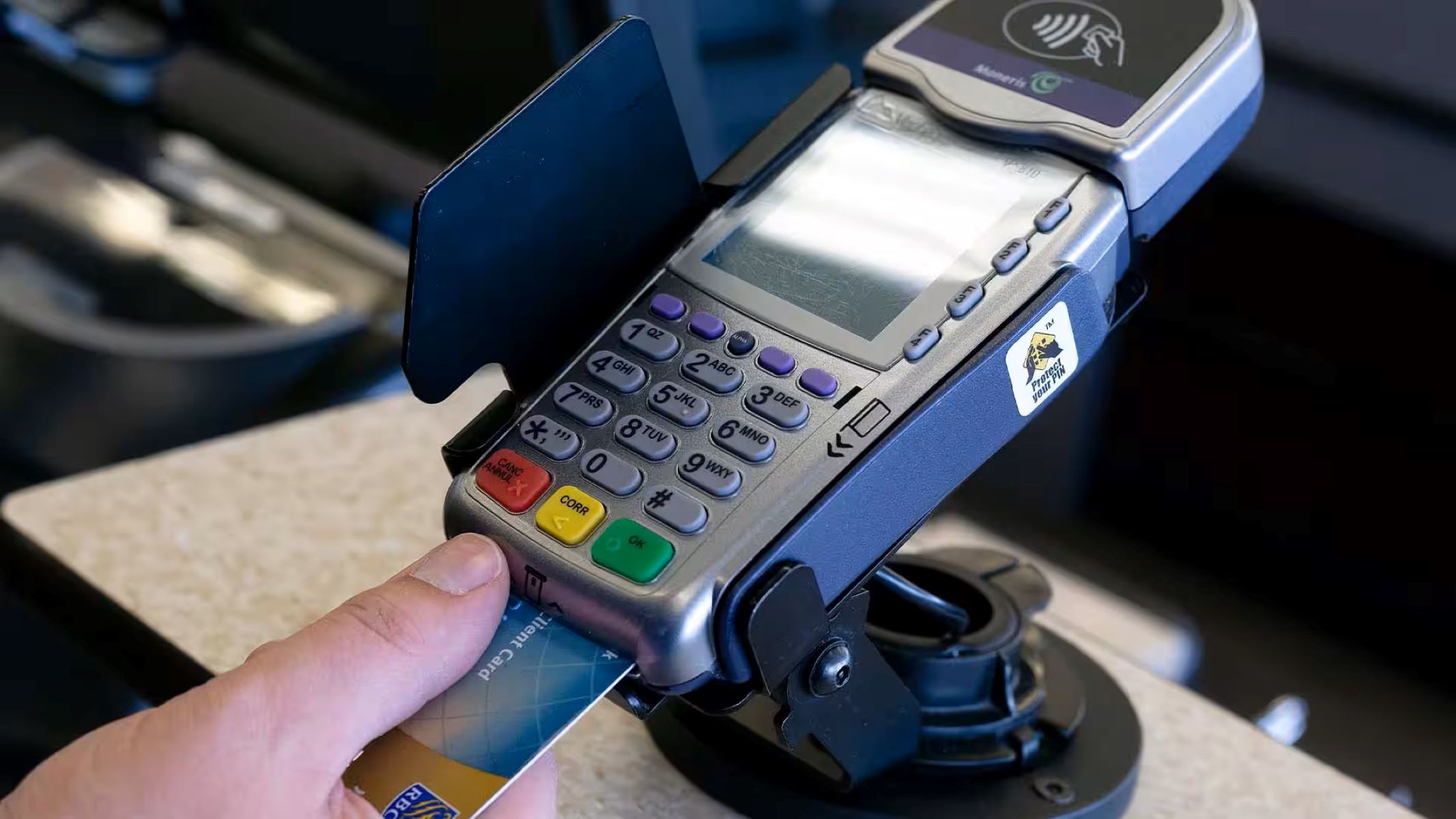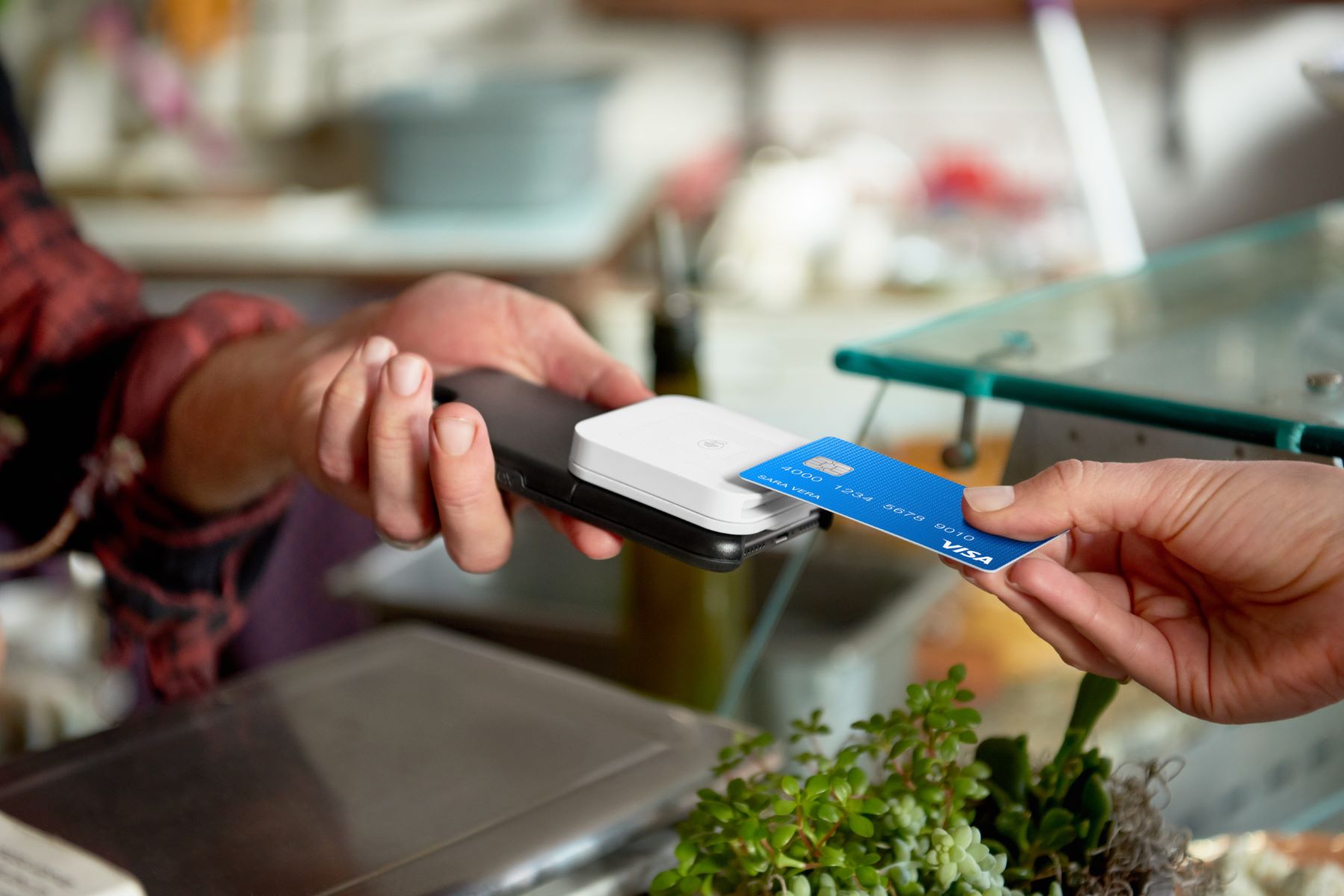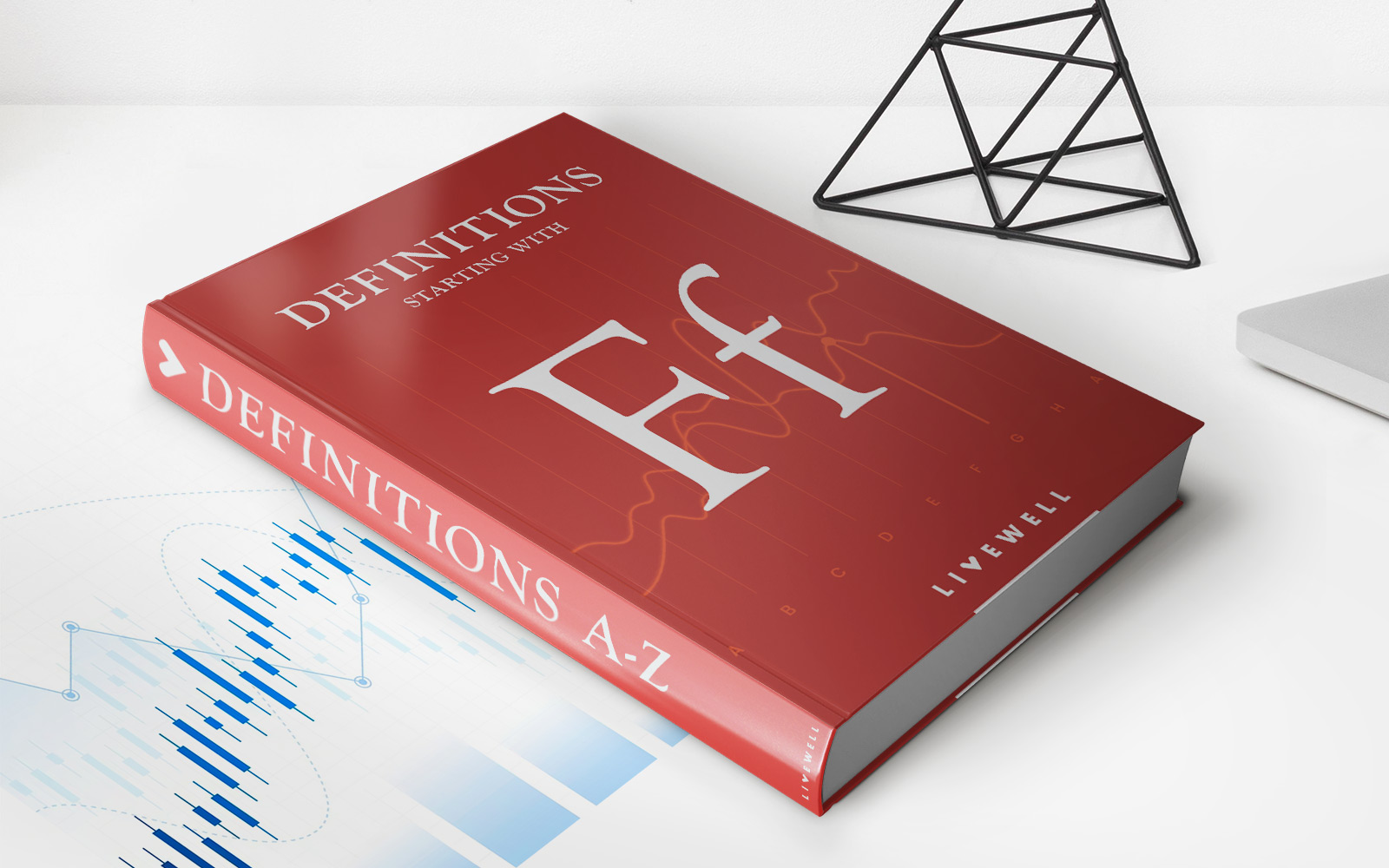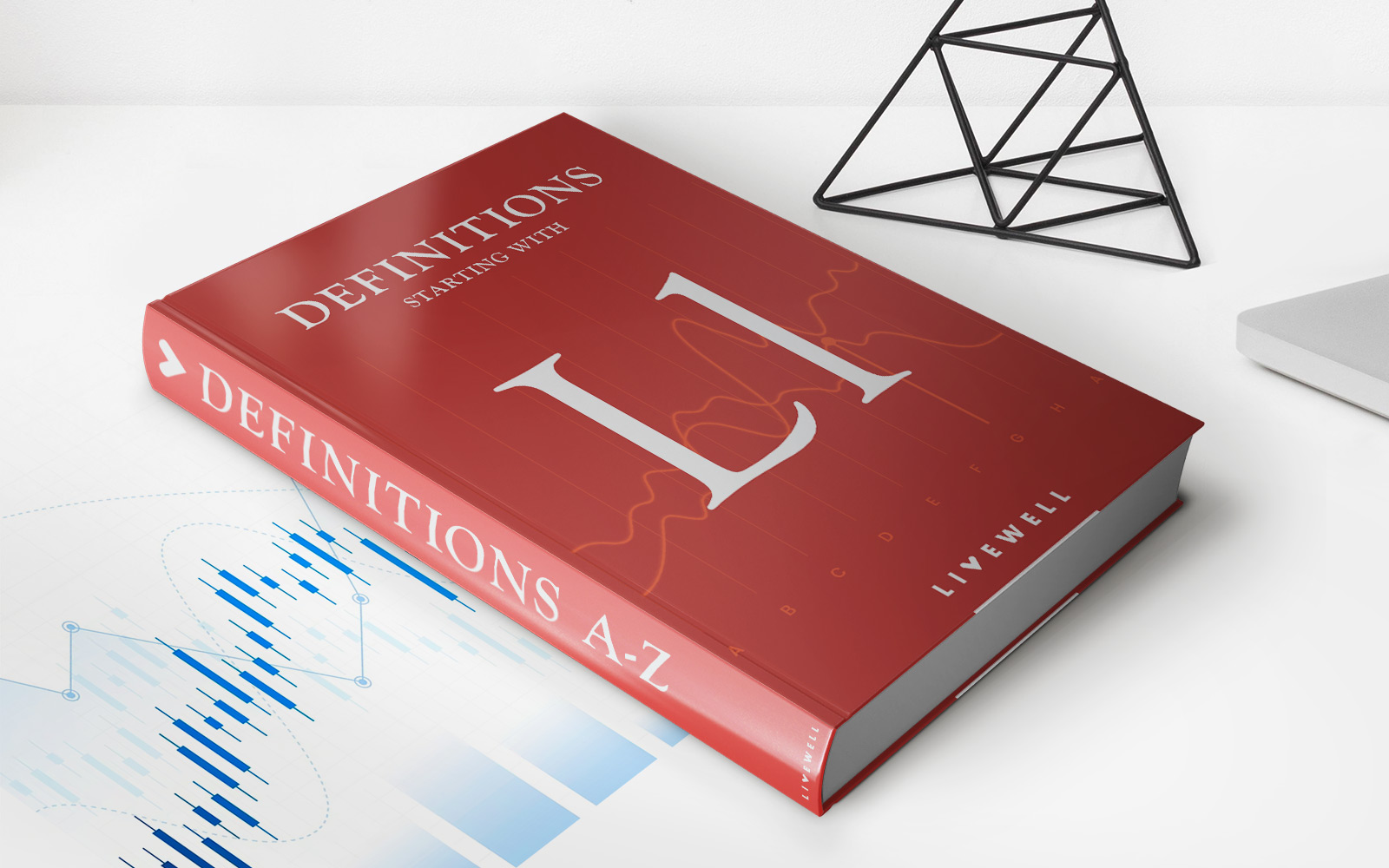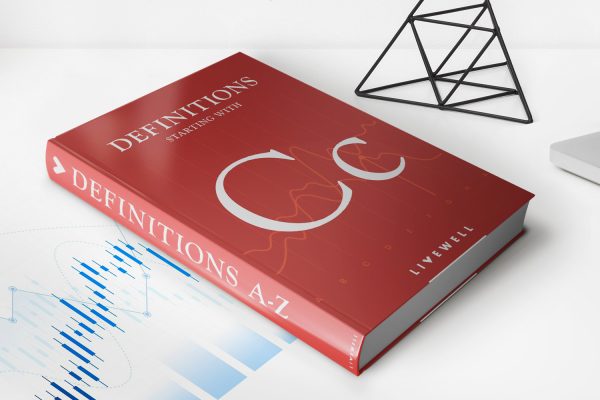

Finance
Card Reader Definition
Published: October 23, 2023
Learn the definition of card reader in the world of finance. Discover how this device enables secure transactions and simplifies financial operations.
(Many of the links in this article redirect to a specific reviewed product. Your purchase of these products through affiliate links helps to generate commission for LiveWell, at no extra cost. Learn more)
The Ultimate Guide to Card Readers in Finance
Are you looking for a reliable and secure way to handle financial transactions? Look no further than card readers. As an essential tool in the finance industry, card readers have revolutionized the way businesses process payments. In this blog post, we will dive deep into the world of card readers, their benefits, and their different types.
Key Takeaways:
- Card readers provide a secure and efficient way to process financial transactions.
- There are various types of card readers available, including chip and PIN, magnetic stripe, and contactless readers.
What is a card reader?
A card reader, also known as a payment terminal, is a device used to process debit and credit card payments. It reads the data stored on a card’s magnetic stripe or chip and facilitates the authorization and transfer of funds between the customer’s account and the merchant’s account.
Card readers are commonly used in brick-and-mortar stores, e-commerce websites, and even mobile businesses like food trucks. They provide a convenient and secure way for customers to make payments, while also offering businesses the ability to track transactions and manage their finances easily.
Types of card readers:
1. Chip and PIN readers: These card readers require the customer to insert their card into the terminal and enter a personal identification number (PIN) to complete the transaction. This type of reader offers enhanced security and reduces the risk of fraud.
2. Magnetic stripe readers: These readers read the information encoded on the magnetic stripe of a card. While they are less secure compared to chip and PIN readers, they are still widely used in certain regions where chip technology is not as prevalent.
3. Contactless readers: Also known as NFC (Near Field Communication) readers, these devices allow customers to make payments by simply tapping their contactless-enabled card or smartphone on the terminal. They provide a fast and convenient payment experience, especially for small transactions.
Benefits of using card readers in finance:
- Increased sales: Accepting card payments allows businesses to cater to a wider range of customers, leading to increased sales and revenue.
- Enhanced security: With advanced encryption and authentication technologies, card readers provide a secure way to process transactions, protecting both the customer’s financial information and the merchant’s reputation.
- Improved efficiency: Card readers streamline the payment process, eliminating the need for manual calculations, reducing human errors, and saving valuable time for both customers and businesses.
- Accessibility: Card readers enable businesses to accept payments anytime, anywhere, whether it’s in-store, online, or on-the-go, expanding their customer reach and boosting customer satisfaction.
As technology continues to advance, card readers are becoming indispensable tools in the finance industry. They offer numerous benefits for businesses, consumers, and the overall economy. Whether you’re a small business owner or a customer looking for convenience, embracing card reader technology is undoubtedly a wise financial move.
So, why wait? Invest in a reliable card reader and take your finance game to the next level!
